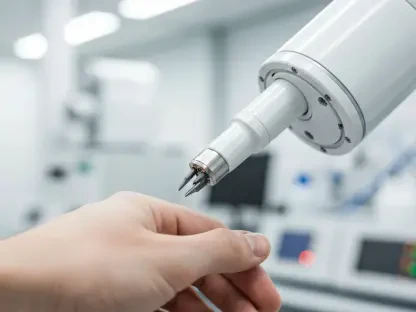In a world where everyone has a camera in their pocket, smartphone cameras have redefined photography by providing convenient and advanced imaging technology. Today’s flagship smartphones boast impressive megapixel counts, promising unparalleled image quality. This review examines whether these staggering numbers truly translate into superior photographs, focusing on current high-resolution models such as the iPhone 16 Pro Max, Samsung Galaxy S25 Ultra, OnePlus 13, and Google Pixel 9 Pro.
Decoding Megapixels in Smartphones
Megapixels measure millions of pixels in a camera sensor, influencing image detail. Once a key selling point, high megapixel counts have become marketing tools, suggesting more is better. In a saturated market, understanding megapixels’ role relative to actual image quality is crucial. While impressive numbers can seem beneficial, the reality often rests on more than mere megapixel count.
Analyzing Smartphone Camera Features
Megapixels’ Influence on Image Quality
The impact of megapixels on image quality is nuanced. In theory, more megapixels mean higher resolutions, suitable for large prints. However, several flagship smartphones default to a 12MP mode even with higher sensors available. Testing reveals increased megapixels sometimes lead to diminished image quality, as noted with the Samsung Galaxy S25 Ultra, where resolution increases resulted in darker images with details lost.
Exploring Pixel Binning
Pixel binning technology aids in overcoming the inherent limitations of small smartphone sensors. By combining smaller pixels into larger units, pixel binning aims to enhance image clarity, color precision, and reduce noise. Although this technique offers benefits in low-light and overall image quality, it means that higher megapixel configurations may not always yield the expected returns.
Innovations in Smartphone Camera Technology
Recent innovations have influenced how users engage with smartphone cameras. With augmented reality features and enhanced image processing algorithms, the use of high megapixel sensors continues to evolve. Consumer interest remains high, yet industry experts recommend examining practical results over marketing promises. Each smartphone’s ability to marry megapixel capability with technological enhancements varies widely.
Practical Applications of High Megapixel Cameras
High megapixel cameras in smartphones serve various sectors. They are used in professional photography, social media content creation, and context-specific applications like wildlife conservation. Google Pixel 9 Pro exemplifies how increased resolution can enhance images, offering sharp detail and background blur. Yet, many phones are adept at producing high-quality photos using lower resolution settings, proving useful across different scenarios.
Challenges of High Megapixel Technology
Implementing high megapixel cameras often introduces challenges. Technical obstacles, such as storage constraints and processing time, limit their practicality. Many users find large file sizes cumbersome, quickly consuming device storage. Ongoing research is addressing these barriers to maximize megapixels’ potential, emphasizing sensor performance over sheer pixel quantity.
Future Prospects for Smartphone Megapixels
Looking ahead, technological advancements in smartphone cameras are poised for continued evolution. New sensor designs and computational photography advancements may unlock further potential for high-resolution imaging. As developers strive for improved image processing and more efficient storage solutions, the real impact of large megapixel counts on everyday photography remains an area of curiosity and exploration.
Verdict: Navigating the Megapixel Landscape
Overall, the review demonstrated that while high megapixel counts are a major selling point for smartphone cameras, they do not guarantee superior image quality across all devices. Notably, some current flagship models deliver better results in default settings despite potential for higher resolutions. This underscores the importance of aligning technical features with practical use.
Smartphone users are advised to understand the capabilities and limitations of camera technology. With continuous advancements anticipated, it’s crucial to recognize that true photographic excellence lies in the harmonization of megapixels with other camera components. Thus, ensuring that users make informed decisions based on empirical performance instead of marketing allure remains a critical consideration in the era of megapixel hype.









